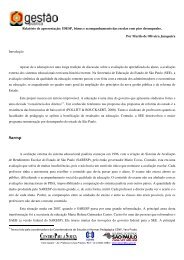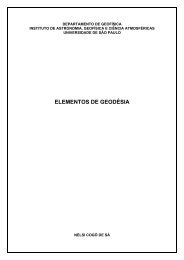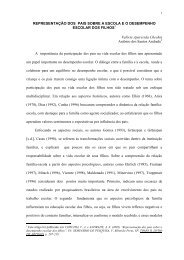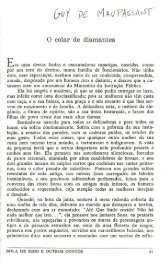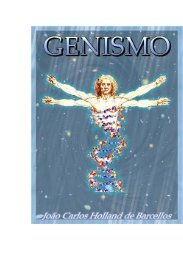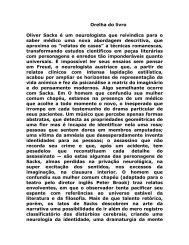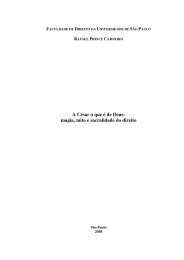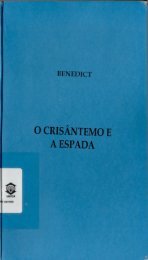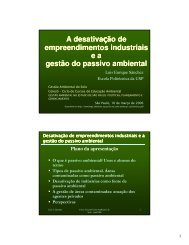A HISTORY OF MODERN IRAN - Stoa
A HISTORY OF MODERN IRAN - Stoa
A HISTORY OF MODERN IRAN - Stoa
Create successful ePaper yourself
Turn your PDF publications into a flip-book with our unique Google optimized e-Paper software.
46 A History of Modern Iran<br />
In fact, two years earlier a group of Iranian intellectuals working in Baku<br />
had formed a circle named Hemmat (Endeavor) and had started to work<br />
closely with the Russian Social Democratic Party.<br />
The press was even more active. The number of newspapers jumped<br />
from six at the eve of the revolution to more than ninety at the opening of<br />
the Constituent Assembly. Intellectuals rushed to air concepts deemed too<br />
dangerous in the previous decades. These concepts, especially liberty, equality,<br />
and fraternity, inspired the names of many of the new publications –<br />
Bidari (Awakening), Taraqqi (Progress), Tamadon (Civilization), Vatan<br />
(Fatherland), Adamiyat (Humanity), Omid (Hope), ‘Asr-e Now (New<br />
Age), Neda-ye Vatan (Voice of the Fatherland), Esteqlal (Independence),<br />
Eslah (Reform), Eqbal (Progress), Hoquq (Rights), Haqiqat (Truth), Adalat<br />
(Justice), Azadi (Liberty), Mosavat (Equality), and Akhavat (Fraternity). As<br />
in other revolutions, the lifting of censorship opened up the floodgates.<br />
According to Browne, one of the most popular of the papers was Sur-e Israfil<br />
(Israfil’s Trumpet), which, despite its religious title, was forthrightly radical<br />
and secular. 25 Written mainly by Dehkhoda, the lexicographer, it blended<br />
satire and poetry with political commentary, all in plain modern Persian. It<br />
took to task the whole upper class, including the landed ulama, for exploiting<br />
and keeping “ignorant” the “common people” (‘avam). Its circulation of<br />
5,000 topped that of other papers. Since Dehkhoda had studied theology<br />
and was well versed in Islam, his satires on the ulama were especially biting.<br />
Not surprisingly, it did not take long for conservatives to target Sur-e Israfil.<br />
The National Assembly opened in October 1906. It contained more than<br />
sixty bazaaris – merchants and guild elders; twenty-five clerics; and some<br />
fifty landlords, local notables, and senior officials. 26 The members gradually<br />
coalesced into two fluid parties: the Mo’tadel (Moderates) and the<br />
Azadikhah (Liberals). The former were led jointly by a wholesale scarf dealer<br />
who had led the 1905 demonstrations against Naus, and by a former royal<br />
coin minter who had helped finance the venture into the British legation.<br />
They enjoyed the backing of Sayyeds Tabatabai and Behbehani, who, while<br />
not actual deputies, nevertheless participated in parliamentary debates.<br />
On most days, the Moderates could muster a majority. The Liberals were<br />
led by Hassan Taqizadeh, an eloquent speaker from Tabriz. Although he<br />
had begun his career as a cleric and still wore his turban, he had become<br />
increasingly enamored of modern ideas – in particular modern science –<br />
especially after visiting Baku. In many ways, Taqizadeh – like Dehkhoda –<br />
was typical of the first generation of the intelligentsia.<br />
The Liberals and Moderates worked closely to draft a constitution that<br />
would be acceptable not only to Muzaffar al-Din Shah, who died soon after



